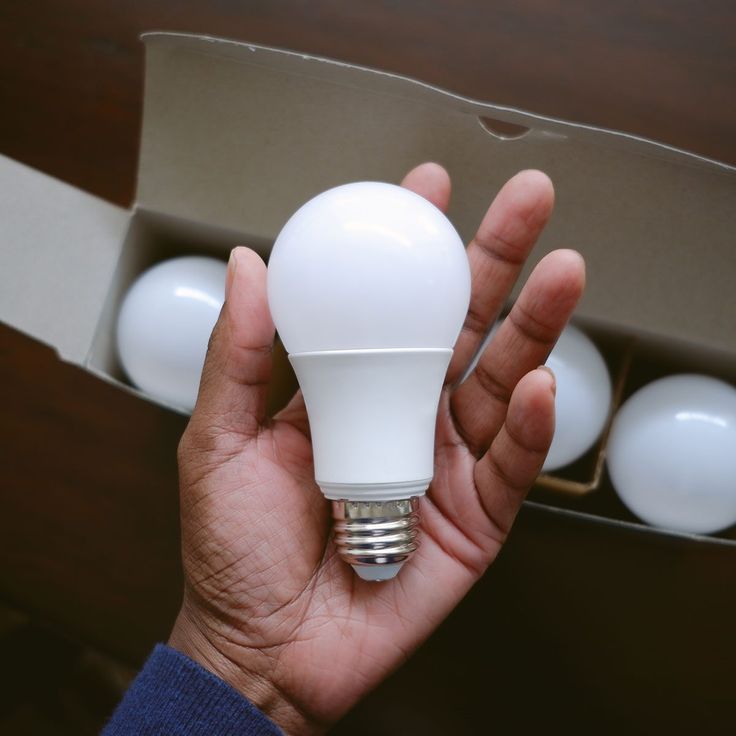Enlightened Savings: Calculating the Payback Period for Switching to LED Bulbs
2023-12-28
Introduction
In the pursuit of energy efficiency and cost savings, many individuals and businesses are making the switch from traditional lighting solutions to LED (Light Emitting Diode) bulbs. While LEDs are known for their longevity and energy efficiency, one key factor in evaluating their economic benefits is calculating the payback period. In this blog, we'll explore how to determine the payback period for switching to LED bulbs and understand the financial impact of this energy-efficient transition.
1. Gather Data on Current Lighting Costs:
To begin calculating the payback period, start by gathering information on your current lighting setup. Consider factors such as the number of bulbs, the type of bulbs (incandescent, CFL, etc.), the average daily usage, and the cost per kilowatt-hour (kWh) of electricity in your location. This baseline data will serve as a reference point for comparing costs before and after the switch to LED.
2. Estimate LED Costs:
Next, determine the cost of LED bulbs you intend to use. LED bulbs often come with a higher upfront cost compared to traditional bulbs, but they make up for it through energy savings and longevity. Take note of the purchase price per bulb and any additional costs, such as fixtures or dimmer switches if required.
3. Calculate Annual Energy Savings:
LED bulbs consume significantly less energy than traditional bulbs, leading to substantial energy savings. Calculate the annual energy consumption of your current lighting setup and then estimate the energy consumption with LED bulbs. The difference represents your potential annual energy savings.
4. Determine Maintenance and Replacement Savings:
LED bulbs have a longer lifespan than traditional bulbs, reducing the frequency of replacements and maintenance costs. Factor in the expected lifespan of LED bulbs and estimate the number of replacements needed over the same period with traditional bulbs. The difference in maintenance and replacement costs represents additional savings.
5. Calculate Total Savings per Year:
Sum up the annual energy savings and maintenance/replacement savings to determine the total savings per year.
6. Calculate Payback Period:
The payback period represents the time it takes for the cumulative savings to equal the initial investment in LED bulbs.
Conclusion
Calculating the payback period for switching to LED bulbs involves a thoughtful consideration of current lighting costs, upfront LED expenses, and the anticipated annual savings. By understanding the financial impact of transitioning to LED lighting, individuals and businesses can make informed decisions that not only benefit their wallets but also contribute to a more sustainable and energy-efficient future. Illuminate your space with the light of savings by making the switch to LED bulbs.



